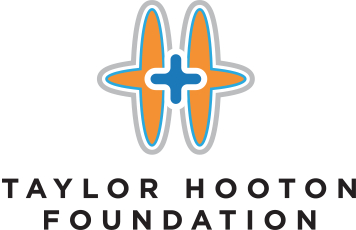Drug use used to be a fast track to a diminished life-get high, sit on the couch, tune out, fail out, drop out. No longer. Faced with extraordinary pressure to excel in school, work, sports and social life, lots of people, in particular kids, are turning to drugs to gain an edge. We have drugs that can make you bigger, faster, stronger, more focused, thinner, more virile, less nervous, comfortable speaking in public, the list seems endless. However, all these advantages come with serious health risks and raise profound ethical issues for American society.
According to the Centers for Disease Control, 5.1 percent of high school males and 2.7 percent of females now use steroids. The rate of steroid use among twelfth graders is more than double that for heroin and exceeds that for other drugs like PCP. Houston and Tampa are tied for the nation's second highest rate of steroid use by high school students.
It isn't just athletes who are doing steroids today. Steroid use is up significantly among "mirror athletes," kids who want to look better and compete socially. And, it is no longer just the boys; young girls are the fastest growing class of steroid users. At least one study has found that the desire to "look better" or "feel better about myself" are more significant drivers of steroid use than the desire to be better at sports.Â
Students are also abusing ADHD drugs like Aderall and Ritalin, often called "smart pills" or "brain steroids." These amphetamines allow kids to stay awake and concentrate helping them cram for tests and wade through assignments. A 2005 study in Addiction found that one-in-four students at highly competitive universities reported using these drugs. According to an NPR report, the going rate for Aderall is $5 a pill-unless it is exam week when demand drives the price up to $25.
Along these same lines, young people are illicitly using erectile dysfunction drugs. A 2006 study of sexually active male students at three college campuses found that 6 percent have used these drugs. Most are using these drugs to boost their sexual performance, however a number of athletes are using them to increase oxygen in the blood, which enhances athletic performance.
At the same time our children are bombarded with positive messages about performance enhancing drugs. Products ranging from sneakers to fertilizer are marketed as being "on steroids."Â
The competitive advantages these drugs offer come at a real price. For example, steroid use causes a host of health risks including heart disease and liver and kidney problems. Steroids also cause "roid-rage" violence and have been linked to suicides. The Taylor Hooton Foundation, which we work with, was formed after Taylor Hooton, a 17-year old honor-student athlete, committed suicide following steroid use. Aderall also has serious side effects, including heart disease and death, and carries with it a high risk of addiction.
Despite this clear pattern we are all but oblivious to the problem. For example, despite untold numbers of hearings about drugs and professional sports, the entire federal government spends less than $50,000 per year on youth anti-steroid education. Likewise, apart from a handful of busts aimed at major dealers with ties to pro sports, appearance and performance enhancing drugs are not a law enforcement priority.
These drugs are also extremely tough to counter because they defy our typical drug prevention messages. You can educate young people that using drugs like marijuana and heroin will hurt their performance in school and sports, alienate them from friends and family, and put their bright futures at risk. Try telling that to a steroid user who won the state championship or an Aderall user who aced her SAT's and got into Harvard.  The kids using these drugs aren't losers; they are our highest achievers. Performance-driven drug use prevention needs to focus as much on ethics and values as consequences.
Finally, we need to take a serious look at the fundamental ethical issues that appearance and performance enhancing drugs present to our society.
Just before the 1996 Summer Olympics some 200 elite athletes were asked if they would take a drug if it guaranteed them an Olympic gold medal but would kill them in a year.  Eighty percent said yes. Now imagine if the Faustian Bargain wasn't just for Olympic gold but admission to an Ivy League School, a job on Wall Street, a model's body, or starting for the high school football team. This isn't the direction we want for our nation or our children.
Don Hooton, and
Rob Housman
Rob Housman is a member of the board of the Hooton Foundation. During the Clinton Administration he served as Assistant Director for Strategic Planning in the White House Drug Czar's Office.
